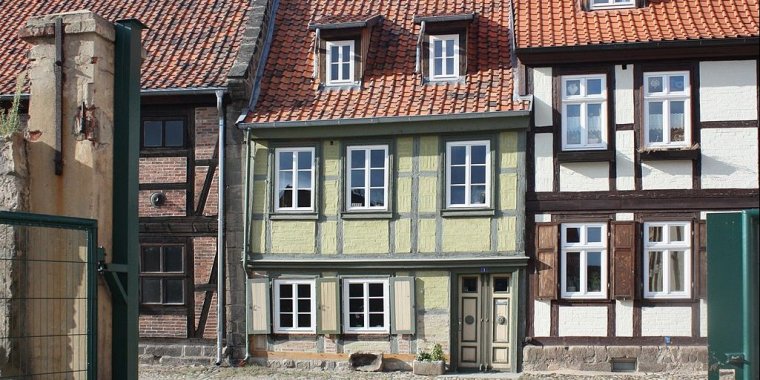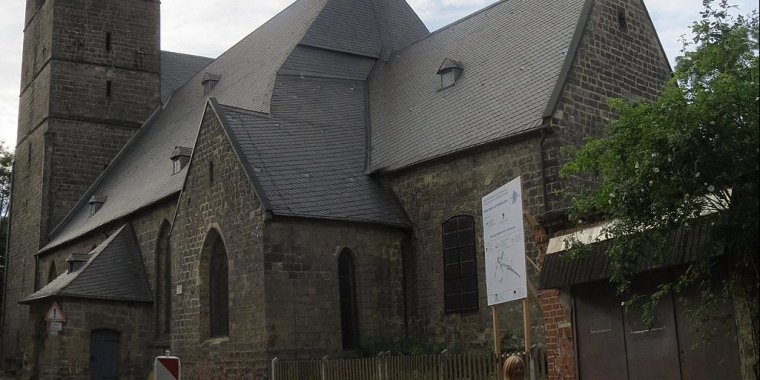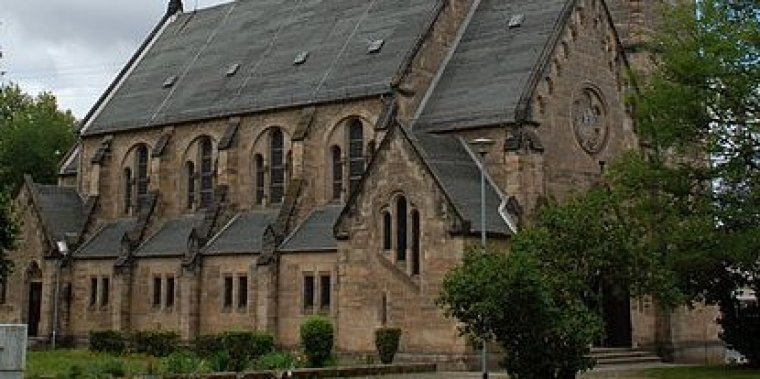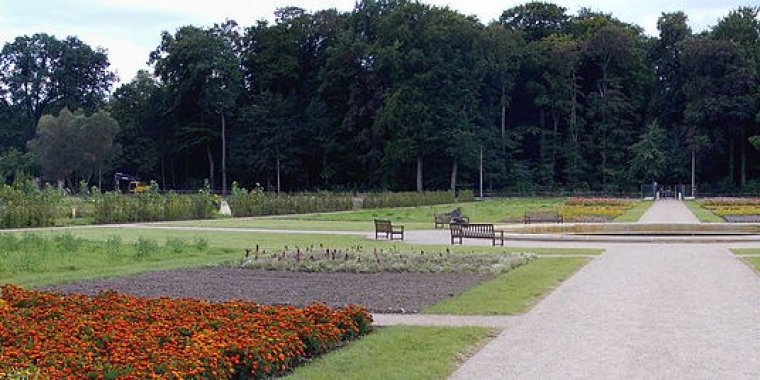| Published in Attractions / Places of Interest |
Tourist Attractions in Quedlinburg, Germany
Quedlinburg, located on the northern boundary of the Harz Mountains National Park, it was once at the centre of the German Empire. Today it is one of Europe's best preserved medieval renaissance towns. It features a rare combination of ancient and modern historical treasures.
• In the centre of the town are a wide selection of half-timbered buildings from at least five different centuries (including a 14th-century structure, one of Germany's oldest), while around the outer fringes of the old town are examples of Jugendstil buildings, dating from the late 19th and early 20th centuries.
• The Quedlinburg castle complex, founded by King Henry I and built up by Emperor Otto I in 936, was an imperial Pfalz of the Saxon emperors. Since December 1994 the castle mount with the Stiftskirche (collegiate church) are listed as one of UNESCO's World Heritage Sites.

Castle and monastery of Quedlinburg. ![]()
Churches
• Stiftskirche St Servatii und Domschatz (The Collegiate Church and its Treasure), Schlossberg 1. Open: Apr - Oct (Tue - Sat 1000 - 1730hrs) (Sun & Holidays 1200 - 1730hrs) Nov - Mar (Tue - Sat 1000 - 1530hrs) (Sun & Holidays 1200 - 1530hrs) Closed: 24, 25 Dec & 1 Jan. This is an excellent example of the German Romanesque style. The Domschatz (the treasury), located within the church, containing many ancient artefacts and books, many of which are on display.
• Blasii Church, Blasiistraße. in the old town, of which only the gothic towers (with spolia of a Romanesque predecessor building) are standing, while the nave comes from the Baroque, was handed over to the city due to lack of use by its own congregation and is today mainly used as a concert hall. and showroom used. Completely preserved are the wooden bank buildings of 16./17. Century. As well as normal visitations, you can also see theatrical and musical performances here. These events are run from Apr - Oct and include jazz, Classical, Cabaret, Dance, Organ Concerts.
• Stiftskirche St. Wiperti was established in 936 when the Kanonikerstift St. Wigpertus (of male canons) was moved from the castle hill to make way for what became Quedlinburg Abbey.
• St.-Marien-Kirche.
• Gotische Kirchen St. Aegidii. In the north of the old town, a late Gothic three-nave church with its massive, fortress-like towers.
• Marktkirche St. Benedikti is built on Romanesque remains and was first mentioned in 1233. The building is a hall church with octagonal pillars, a late Gothic choir from the 14th century and a baptismal font from the year 1648.
• St. Nikolai in the new town was first mentioned in 1222 and is with its 72-meter-high towers and its high three-aisled building an impressive example of an early Gothic church.
• St. Mathilde im Neuendorf was built from 1856 to 1858 according to the plans of the employee of the Cologne Dombauhütte Friedrich von Schmidt. Consecrated in 1858 by Bishop Konrad Martin (Paderborn) and Mathilde, consecrated to the wife of King Henry I, she is the parish church of the Catholic community. The tower of the neo-Gothic single-nave building was taken down in 1984 for structural reasons.
• In the Süderstadt, St. Johannis was built in 1906, which is located in the area of the former hospital with the old St. John's Chapel.
Medieval fortifications
The ring of the medieval city wall with its city towers can still be seen in large parts. By contrast, none of the medieval city gates, the Hohen Tor, the Gröperntor, the Öringertor and the Pölkentor have survived. The Terror Tower is the largest surviving tower. The Lindenbein tower, easily recognizable by its green roof, is equipped with a gallery and is open to visitors. Two towers are now converted into apartments, including the Emperor's Tower. Some towers are in private hands, some in bad structural condition. These include, among others, the Gänsehirtenturm, the Kuhhirtenturm, the Schweinehirtenturm, the Kruschitzkyturm, the Pulverturm, the Mertensturm and the Spiegelsturm.
Museums
• Schloss Museum, Schlossberg 1. Open: Apr - Oct (Tue - Sun 1000 - 1800hrs) Nov - Mar (Tue - Sun 1000 - 1600hrs) Closed: 24, 25, 31 Dec & 1 Jan.
• Klopstock Museum, Schlossberg 12. Open: All year round (Wed - Mon 1000 - 1700hrs) Closed: 25, 25, 31 Dec & 1 Jan.
• Fachwerk Museum Standerbau (Half Timbered Architecture Museum), Wordgasse 3. Open: Apr - Oct (Fri - Wed 1000 - 1700hrs) Nov - Mar (Fri - Wed 1000 - 1600hrs) Closed: 24, 25, 31 Dec & 1 Jan.
• Museum fur Glasmalerei und Kunsthandwerk (Museum of Glass Painting and Handcraft), Word 28. Open: All year round (Tue - Fri 1000 - 1800hrs) (Sat & Sun 1100 - 1600hrs) Closed: Mon.
• Mitteldeutsches Eisenbahn-und Spielzeug-Museum (Central German Model-Train and Toy Museum), Blasiistraße 22. Open: Apr - Oct & Dec (Daily 1000 - 1700hrs) Nov, Jan - Mar (Mon - Sat 1000 - 1600hrs) (Sun & holidays 1100 - 1600hrs).

Mitteldeutsches Eisenbahn- und Spielzeugmuseum. ![]()
• Munzenberg Museum (The Mariencloister), Munzenberg 16. Open: Mon - Wed & Fri 1000 - 1200hrs 1400 - 1700hrs Sat, Sun & Holidays 0900 - 1200hrs 1400 - 1700hrs Closed: Thu.
Galleries
• Lyonel-Feininger Galerie, Finkenherd 5a. Open: Apr - Oct (Tue - Sun 1000 - 1800 hrs) Nov - Mar (Tue - Sun 1000 - 1700 hrs). A trip to the Lyonel-Feininger Galerie is recommended where the works of this important Bauhaus artist who was born in Germany but became an American citizen are displayed. Most of the works were hidden from the Nazis by a resident of Quedlinburg.
Parks and natural monuments
• The largest park is the Brühl, an old forest, which was already called broil around 1179 and in 16./17. Century was planned. The Brühlpark is part of the 40 gardens comprehensive project Gartenträume Saxony-Anhalt.
• Between Brühl and Schlossberg, the historic abbey gardens were redesigned in 2006 and provided with a Demeter garden.
• As another park, the Worthgarten in the immediate city area is open to walkers.
• In the Süderstadt, the former Johannisfriedhof was redesigned in the 19th century as the Johannishain park.
• Nearby attractions include the Altenburg, the Lehof, the Steinholz, the donkey barn bought in 1913 and the Hamwarte. (Wikivoyage, Wikipedia)
YOU MAY ALSO LIKE





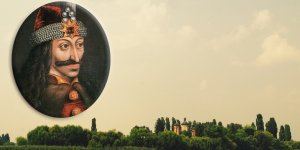
 If you own or manage a travel-related business such as a hotel, a bed-and-breakfast, a restaurant, a pub or a cafeteria, you can create a web page for your business for free on Titi Tudorancea Travel Info. » |

